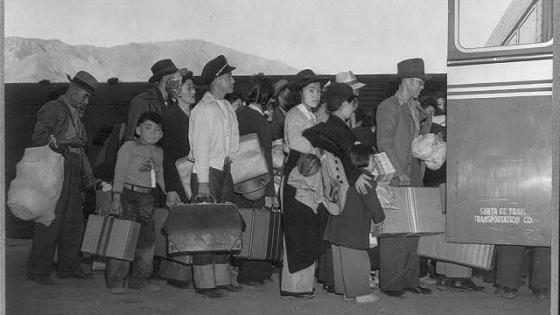DP6628 The Baby Boom and World War II: A Macroeconomic Analysis
We argue that one major cause of the U.S. postwar baby boom was the increased demand for female labour during World War II. We develop a quantitative dynamic general equilibrium model with endogenous fertility and female labour-force participation decisions. We use the model to assess the long-term implications of a one-time demand shock for female labour, such as the one experienced by American women during wartime mobilization. For the war generation, the shock leads to a persistent increase in female labour supply due to the accumulation of work experience. In contrast, younger women who turn adult after the war face increased labour-market competition, which impels them to exit the labour market and start having children earlier. In our calibrated model, this general-equilibrium effect generates a substantial baby boom followed by a baby bust, as well as patterns for age-specific labour-force participation and fertility rates that are consistent with U.S data.

